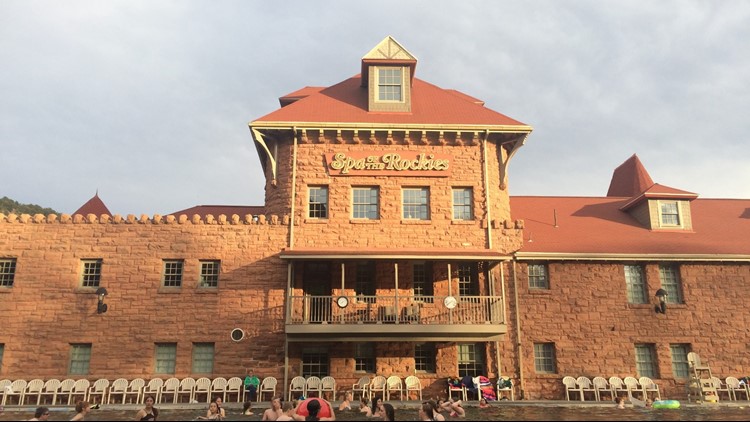GLENWOOD SPRINGS — The bubbling hot springs in Glenwood have been drawing people to the town for hundreds of years.
It began with tribes of Ute Indians, then guests of some of the first resorts in Colorado came to the town and now tourists flock to Glenwood for both the relaxing spas and stunning outdoor scenery.
Glenwood Springs is a 5.7-square-mile mountain city in Garfield County about 157 miles west of Denver.
Glenwood’s earliest inhabitants
One of the most prevalent Native American groups in Colorado, Ute Indians lived in the area near Glenwood Springs long before it was settled.
They were nomadic hunter-gatherers and knew the springs in the area well. Whenever they would pass through they would stop for the healing power of Glenwood’s waters.
The first western settlers came seeking gold in the late 1800s. The town was originally called Defiance, named after the real estate company created in 1882 by the original founders. The first hotel, restaurant and post office opened soon after and others followed hoping to capitalize on the growing town.
But they didn’t want to just be another mining town. They wanted to attract the wealthy and they would do it by building a European castle-inspired spa and resort.
The Glenwood Hot Springs Pool opened in 1888 and the first guests arrived at the Hotel Colorado in 1893.

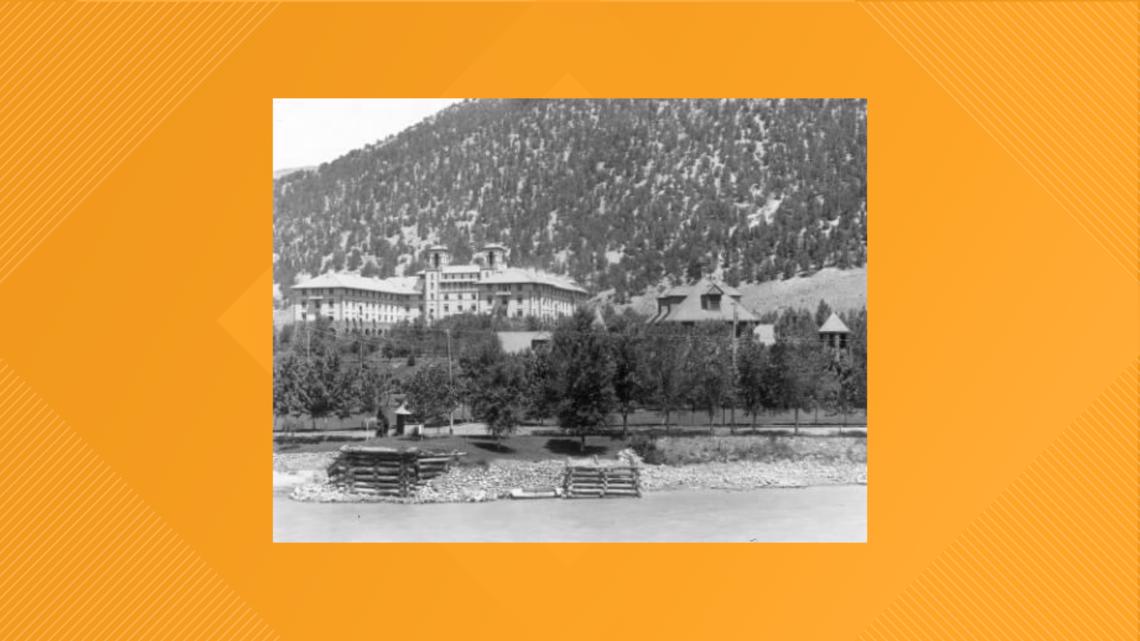
And the timing was perfect. The Denver & Rio Grande railroad had just arrived in Glenwood one year earlier, making the new resort easily accessible to its high-class clientele.
The Hotel Colorado quickly gained a distinguished reputation. President Teddy Roosevelt stayed for three weeks in 1905 while on a hunting trip in the area and began referring to the hotel as the “Western White House.” Both Presidents William Howard Taft and Herbert Hoover also stayed at the hotel as well as socialite Margaret Brown.

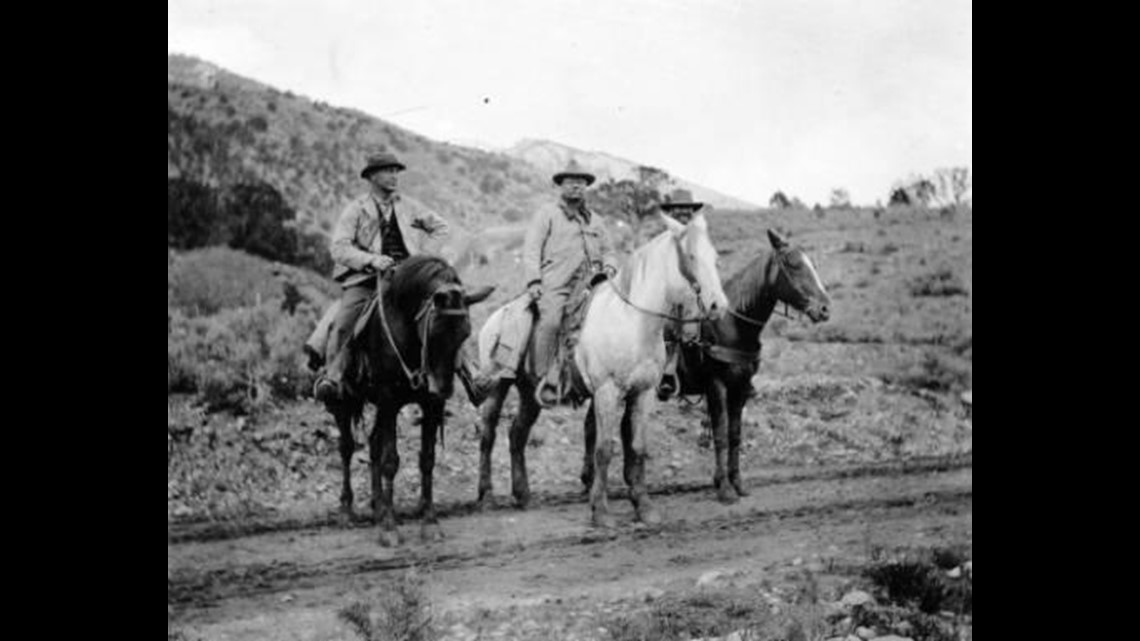
During Prohibition, the hotel became a headquarters for illegal activity and Chicago gangsters. In fact, a special awning and front door were built so Diamond Jack Alterie, Al Capone and others could get in and out without police and guests noticing them.
The famous Glenwood Hot Springs
Glenwood would not be what it is today without its famous hot springs.
The Ute Indian tribes that first spent time soaking and steaming in the healing waters named the largest spring Yampah, meaning ‘Big Medicine’ in the Ute language. The spring, which produces 3 million gallons of 122-degree water per day, still holds that name.
When plans to use the spring as part of a full-service spa came about in the late 1800s, the entire river had to be diverted. This way there would be room to build the massive pool and bathhouse the founders wanted.
So, they put the inmates at the local jail to work. By 1888, the world’s largest mineral hot springs pool was complete.

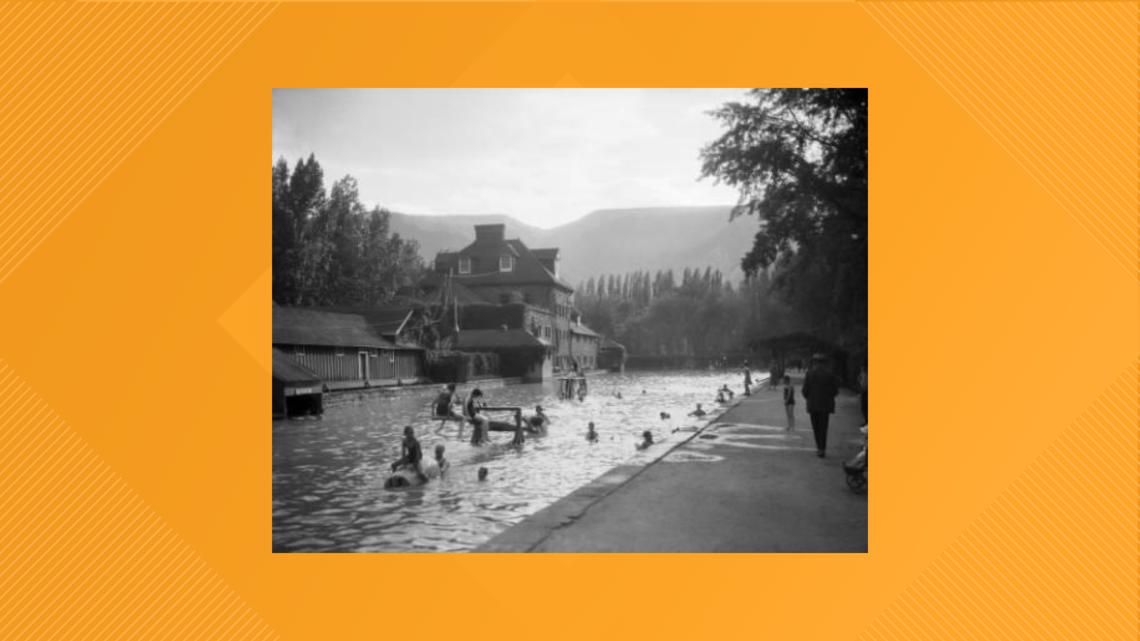
Around the same time, another attraction using the Yampah Spring was being built.
Ute Indian tribes had built sweat caves above the hot springs. While the hot mineral water flowed underfoot the vapors would rise, filling the cave with steam. At that time, visitors would have to be lowered into the caves.
These caves were re-discovered in the mid-1800s and work began to expand them. One of the underground caves was enlarged, marble benches, wooden walkways and lights were added, and a spa building was constructed. In 1893, the Yampah Springs Vapor Caves officially opened to the public and the other, older caves were abandoned and eventually covered over.

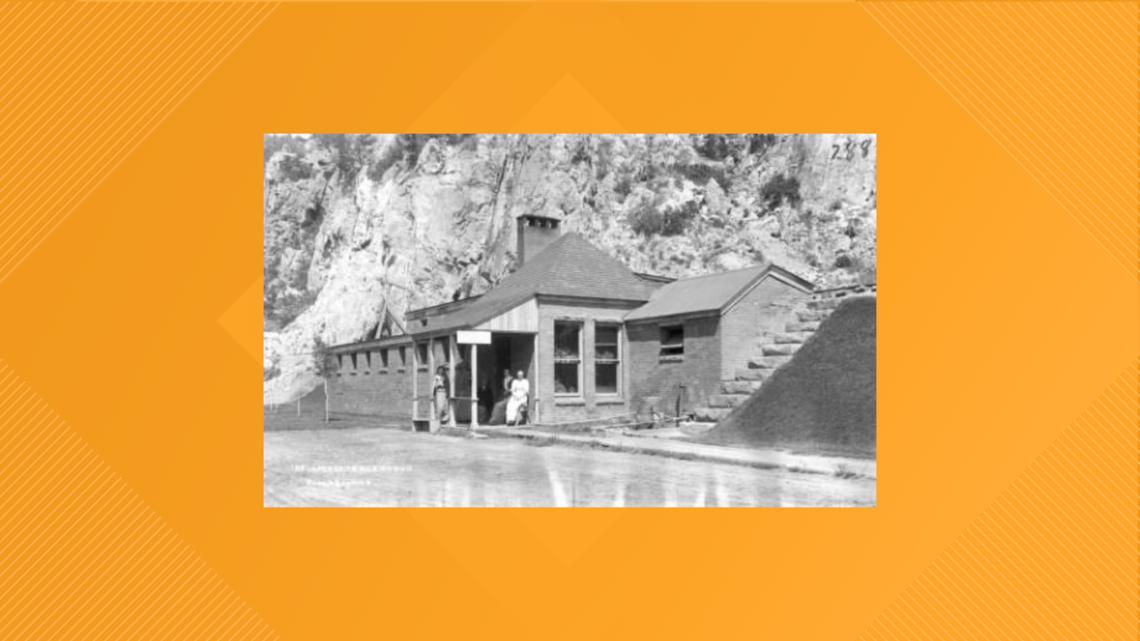
But the Yampah Spring is not the only hot spring in the town of Glenwood. The Iron Spring is another that runs through Iron Mountain.
Unlike Yampah, which is a sulfur spring, the Iron Spring is a geothermal spring. According to some experts, that means it is more therapeutic as the iron in the water can help oxygenate the blood, as opposed to the more relaxing sulfur spring. The Iron Mountain Hot Springs was built along this spring in 1896.
Each of these still exists today.

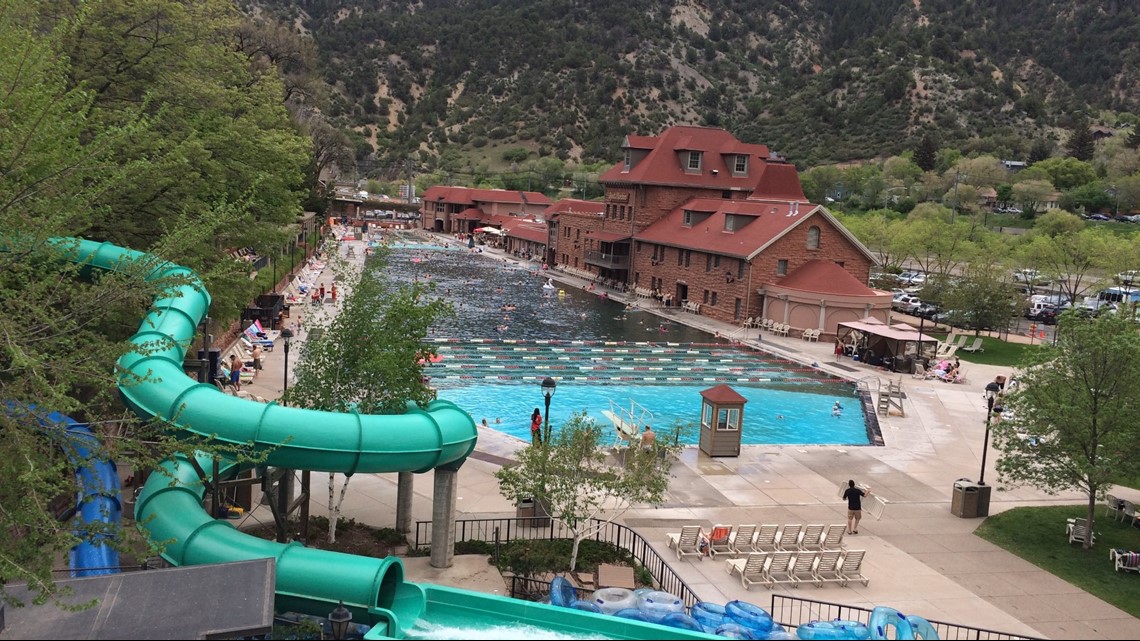
The Glenwood Hot Springs Pool is open year-round and has a 90-degree family pool as well as a 104-degree hot tub and includes a kiddy pool and waterslides in the summer months. The grounds also include a luxury spa, athletic club, resort boutique and dining.
Visitors to the Yampah spa can still relax in Vapor Cave No. 3, as well as sign up for a variety of spa treatments.

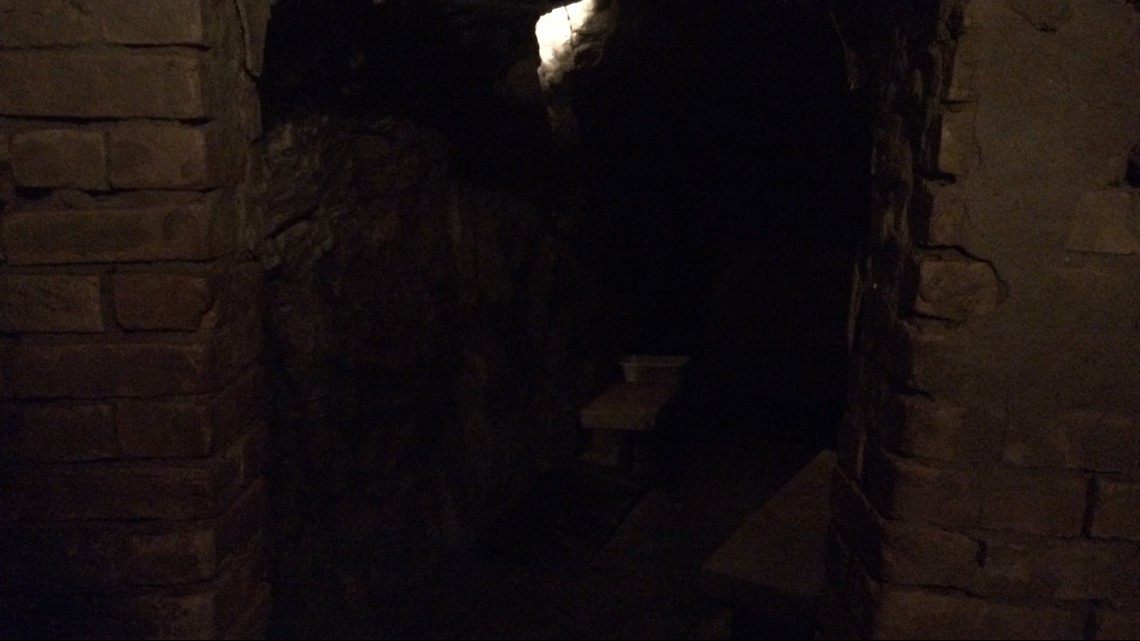
The Iron Mountain Hot Springs closed in 1996 but reopened under new ownership in July 2015.
A haven for the outdoors
Besides the fact that I-70 winds through the narrow Glenwood Canyon (a project that cost $490.3 million and brought together some of the best engineers of the time), it's also the gateway to many of Colorado’s best outdoor activities.
Hanging Lake is easily the most famous, and crowded, trail. It’s a short but somewhat strenuous hike to a pristine clear green lake. On peak summer days, upwards of 1,100 people can come to hike the trail.


And all that use is starting to show. Cars are regularly backed up onto the highway, boardwalks supposed to last 25 years are in disrepair after just seven, and people can regularly be seen breaking the simple rule to not touch the fragile water.
Starting in spring 2019, there will be shuttle system put in place as well as a daily capacity to limit use. A trail access fee has also been proposed.
But Hanging Lake is far from the only hike in the area. Grizzly Creek, Glenwood Canyon Recreation and No Name trails are a few other popular ones.
And as if that's not enough, Glenwood Springs is also home to Glenwood Caverns Adventure Park, a mountain-top amusement park complete with cave tours, thrill rides, restaurants, kids activities and more. Perhaps one of the most terrifying is the park's Giant Canyon Swing — it launches riders right over a cliff and suspends them midair 1,300 feet above the Colorado River. Patrons can also take a guided cave tour through cool, underground caverns, or go on an intense cave crawl (for thrill-seekers).

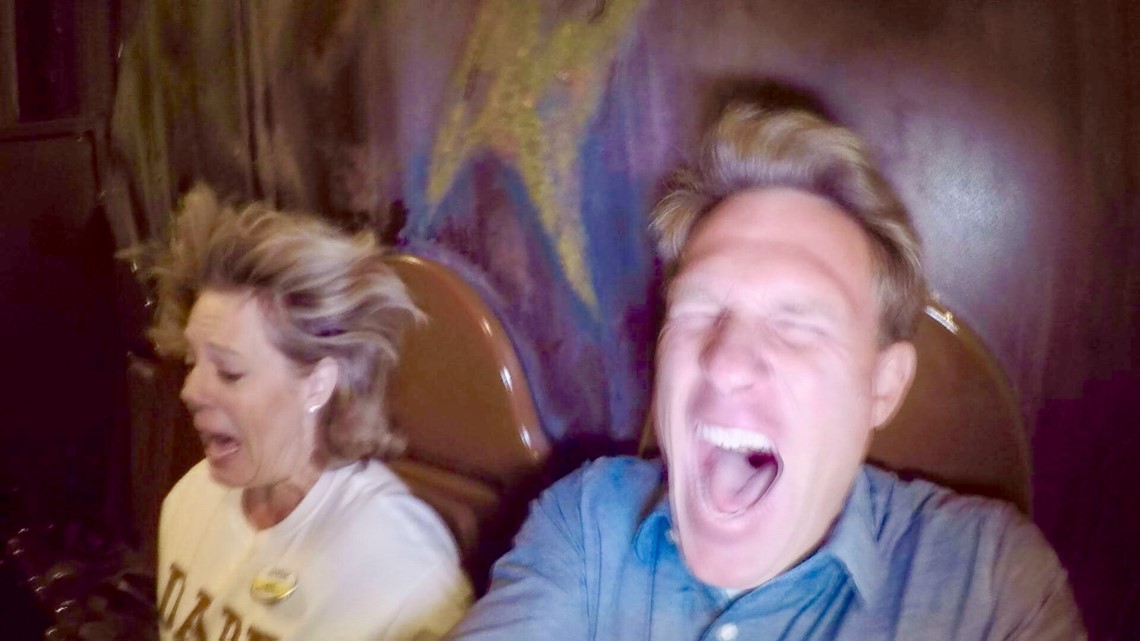
A new “Haunted Mine” thrill ride was also installed at the park in 2017. The ride drops guests 110 feet in 3 seconds and was named the "Best New Amusement Park Attraction" by USA Today earlier this year.
The town of Glenwood Springs today
Outside of its many attractions, the city has no shortage of places to eat, drink and shop. The heart of the city is Grand Avenue between 7th and 9th streets.
Among the places you'll find are fun boutiques and bookshops, bakeries, candy shops, hair salons, gift stores and ice cream parlors.
The Lost Cajun Restaurant (711 Grand Ave.) is a great place to grab a plate of gumbo, or head next door to Grind, an eatery serving gourmet burgers, craft beer and shakes.

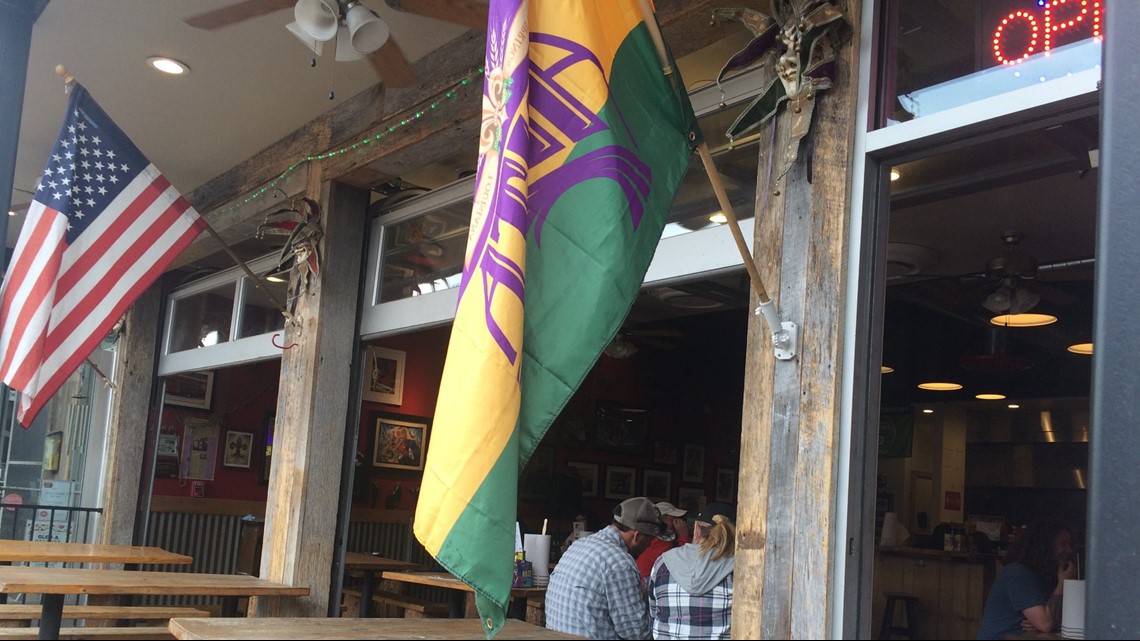
The area also has plenty of options for meat-lovers, including Smoke Modern Barbeque (713 Grand Ave.), Juicy Lucy's Steakhouse (308 7th St.), Co. Ranch House (704 Grand Ave.) and more. The Pullman (330 7th St.) and Slope & Hatch (208 7th St.), both serving New American fare, are also worth a visit.
Coffee lovers can support local business by heading to Blue Bird Café (730 Grand Ave.) or Deja Brew (1101 Grand Ave.).

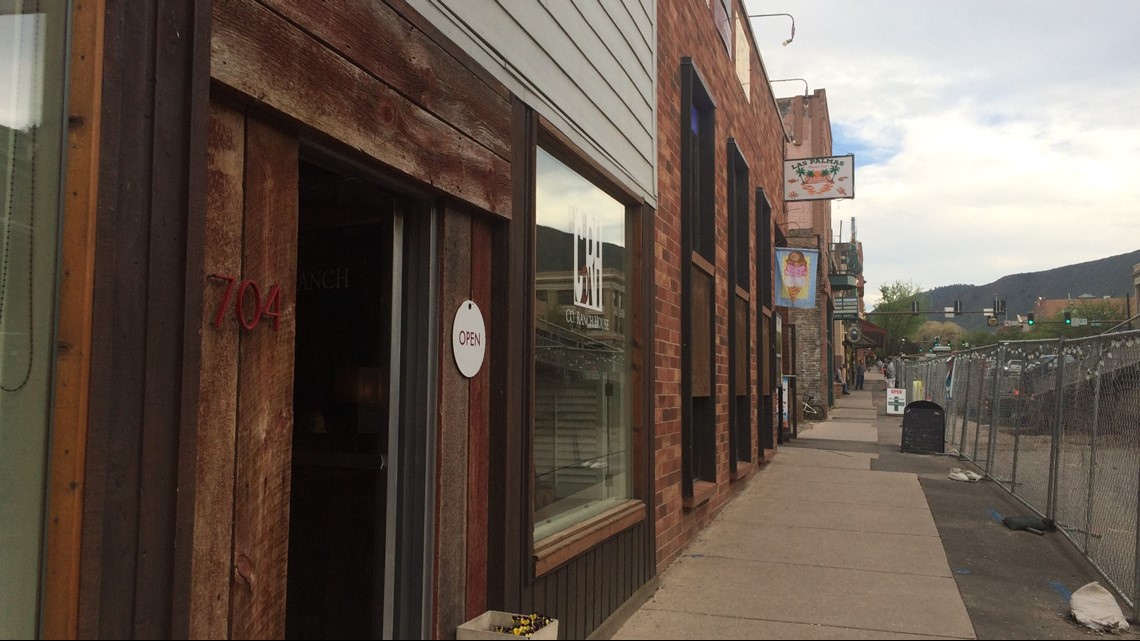
Like any good mountain town, Glenwood Springs has no shortage of places to sit down with a cold beer. Options include Casey Brewing and Blending LLC (well known in the industry for their fruity sours); Glenwood Canyon Brewing Co. (which has billiards and serves bar food too) and the Glenwood Springs Brew Garden (complete with live music).
For people who love the city so much they want to move there, the median home price stands at $481,500, according to real estate website Trulia.com. The median rent follows suit with most places in Colorado, at $2,350 for all-size properties.


